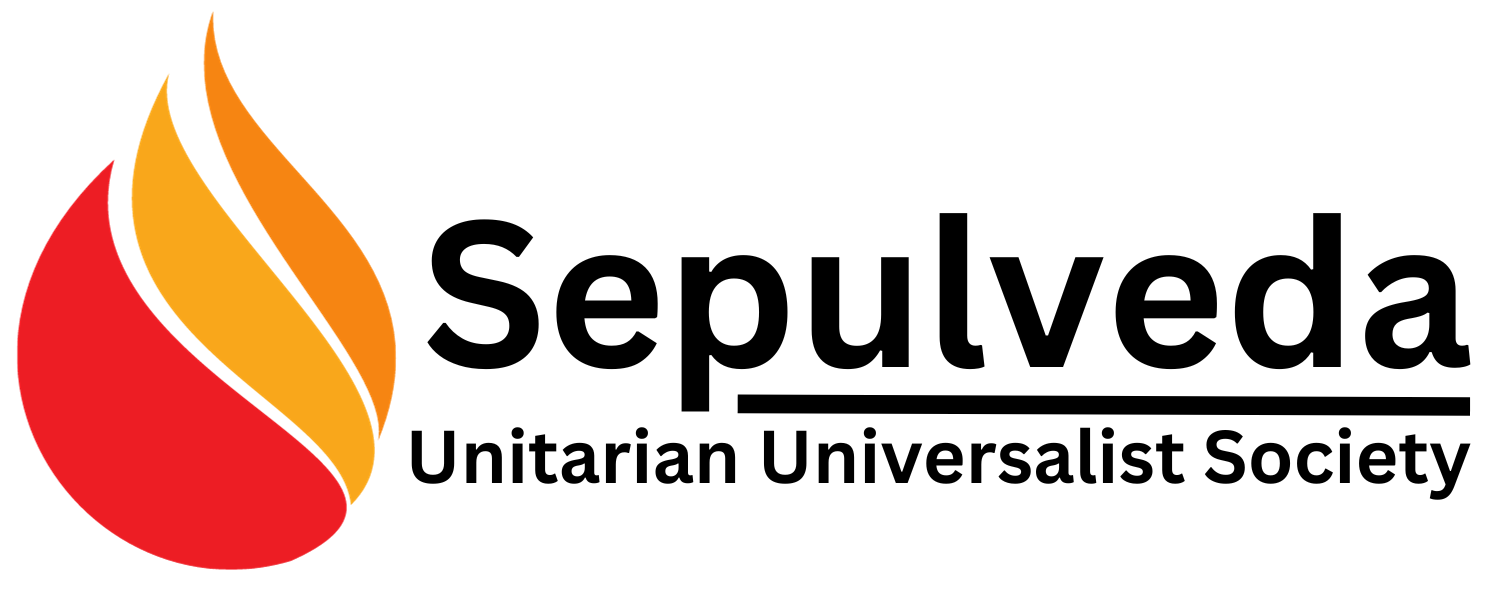Day 2. Powwow Songs and Dances
Today, we continue our celebration of Native American Heritage Month by exploring the vibrant traditions of powwow songs and dances. Powwows are large social gatherings held by many Native American communities to celebrate their culture, history, and spirituality. Music and dance are at the heart of these events, bringing people together in a powerful expression of unity, tradition, and joy.
Powwow songs and dances have evolved over time, but they remain rooted in ancient cultural practices. Whether performed at a small local gathering or a large intertribal celebration, powwow music reflects deep spiritual meaning and communal identity. From honoring songs to competition dances, each powwow event showcases the resilience, beauty, and creativity of Native American traditions.
The Role of Songs in Powwows
At the center of any powwow is the drum, surrounded by singers who lift their voices in powerful and rhythmic songs. These songs can range from traditional tunes passed down through generations to newly composed songs reflecting modern Native experiences. The lyrics, often sung in Native languages, carry prayers, stories, and cultural teachings.
Powwow songs are categorized into different types, each serving a specific purpose:
- Grand Entry Songs: These songs open the powwow, welcoming dancers and the audience. They set the tone for the day’s celebrations and honor veterans, elders, and tribal leaders.
- Honor Songs: Played to recognize individuals or groups, often veterans or those who have achieved great deeds in service to their community. These songs are deeply spiritual and carry great emotional weight.
- Intertribal Songs: These are open to all dancers and invite everyone to participate, regardless of tribe or background. Intertribal songs encourage community building and togetherness.
- Contest Songs: Powwows often feature dance competitions, with singers performing specific contest songs to match the dance categories.
Dances: Expressing Culture Through Movement
Powwow dances are as varied and dynamic as the songs themselves. Each dance reflects different aspects of Native American culture, from spiritual connection to storytelling. Here are some of the most common types of powwow dances:
- Men’s Traditional Dance: One of the oldest dance styles, the Men’s Traditional Dance tells the story of warriors preparing for or returning from battle. The dancers wear traditional regalia with feathers and beadwork, moving with grace and strength.
- Women’s Jingle Dress Dance: The Jingle Dress Dance is often associated with healing. Women dancers wear dresses adorned with metal cones that jingle as they move. This dance, believed to have originated from a dream, has a spiritual connection to prayer and healing.
- Men’s Fancy Dance: Known for its fast-paced, athletic movements, the Fancy Dance features vibrant, colorful regalia with large feather bustles. Dancers perform acrobatic spins and jumps, showcasing their agility and endurance.
- Women’s Fancy Shawl Dance: Often called the “butterfly dance,” this dance is performed by women wearing brightly colored shawls that mimic the movement of butterfly wings. It is an energetic and expressive dance, full of life and joy.
Powwows as Living Tradition
While powwows have deep roots in history, they are not static traditions. Modern powwows are a reflection of both continuity and change, blending ancient customs with contemporary creativity. They serve as living expressions of Native culture, bringing together different tribal communities, celebrating cultural pride, and fostering intergenerational connections.
For many Native people, powwows are not just social events but sacred spaces where traditions are passed on, languages are spoken, and the community is strengthened. Through music and dance, participants reaffirm their cultural identity and resilience, celebrating their history while looking toward the future.
As we listen to powwow songs and watch the dancers move, we are invited into a world of deep cultural expression, where music and movement connect individuals, communities, and generations. Let this be a reminder of the beauty, resilience, and ongoing vitality of Native American traditions.
Learn more Learn More about powwows in this short video at https://youtu.be/jQ-9QCDp9Ho?si=f9jAaHvn3PawYSaS.
Join us throughout the month of November as we celebrate these remarkable achievements, creating space for reflection, joy, and growth as we listen to the voices of Native American musicians past and present.
#UU #UUA #CelebrateDiversity #CelebrateDiversity #NativeAmericanHeritage #PowerOfMusic #Powwow #PowWow #Dance
Discover more from SepulvedaUU
Subscribe to get the latest posts sent to your email.
